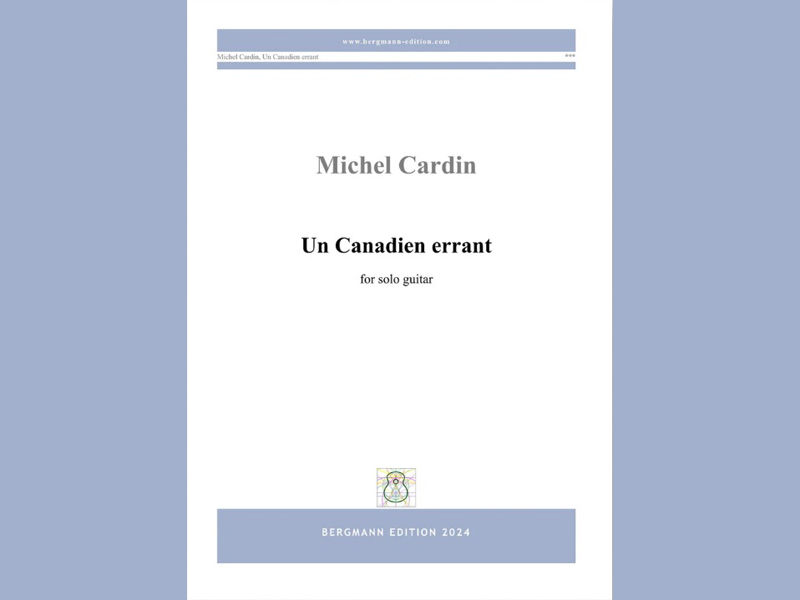Siyoh Tomiyama : Waltz of the Eternal Life: DOz
- chrisdumigan
- Oct 30, 2023
- 3 min read

Siyoh Tomiyama
Les Productions D’Oz: 20 pages
This latest piece by Japanese composer Tomiyama is an extensive (over 20 minutes in length), very imaginative and highly original piece of writing. His musical vocabulary is extremely individual, and although it is consistently tonal, his use of extremely different chordal progressions means that this is literally like nothing you have ever come across before.
The title is misleading to a degree, As the piece consists of no less than seven waltzes each with a very complex story behind it, described in detail in the preface, Although a recording of the entire suite performed by Tomiyama does exist on YouTube with lots of sub- titles describing exactly what the music is describing at any particular moment, and so interested parties might make that a starting point.
So- Called a Life is the opening movement, and goes at a healthy 186 crotchets a minute. Set in E major it begins in that key but very quickly moves in and out of a number of momentary keys as it progresses along its way. After a little more than a page, and various temporary key changes, the key signature moves to Eb Major for a few bars ,and then to D Major, before returning to E Major for a varied repeat of the opening theme , which after a new section returns one more time to the opening idea and the coda. Another factor of the piece is the number of speed variations that occur throughout it.
Sadness of the Departure, movement No2, is a slow A minor waltz at a very relaxed 74 crotchets a minute. Again the frequency of the momentary changes in key and unusual chord progressions gives this much shorter movement a completely different sound, always interesting of course, but definitely not for any players who don’t have a thorough knowledge of the entire fingerboard.
Transient Confusion and Awakening, the 3rd movement is the most unusual waltz so far. Without a key signature, it is in a sort of Dm but with nearly every bar having a multitude of ‘foreign’ flats and sharps that belie the apparent key it’s in. Then a key signature of D Major enters and for a while D Major takes precedent, until the flats intervene once again. After a climactic chord of A7, the final section in D major is to all intents and purposes a new theme that continues until a meno mosso leads to the coda and a close on a D Major harmonic chord.
Reincarnation begins by quoting the opening melody from the first movement , and then a section of the second, and then a section of the previous third movement before turning into an E minor section headed Unhappy Life, before then moving further on into a bizarre section involving harmonics, large trills, and even nail scratching .This long movement has a large number of speed alterations, and key changes and again is only understandable once you relate the individual parts to the ‘story’ in the preface and on the video performance.
The fifth movement, Formless Realm, set in Em to begin with (but again with a number of speed changes) soon develops into a very fast section of constant quavers running over the entire fingerboard, sub- titled ‘A Vortex of Emotions’, before returning to the opening idea near the close.
Star Life (No6) has 5 speed variations in just over 50 bars and is again very musically adventurous in its constantly shifting musical detail.
The closing movement Further Realms, is again full of surprising detail, and constantly changing in its musical ideas throughout, until the coda when everything comes to a final close on an A Major chord complete with a top harmonic.
I can honestly say I have never come across anything like this piece before. It is SO different to anything you may have tried before, that I can only say that, if you have wonderful technique, and the thought of a highly imaginative , extended piece of guitar composition, grabs your attention , then give this unique piece of writing a go!
Chris Dumigan




Comments